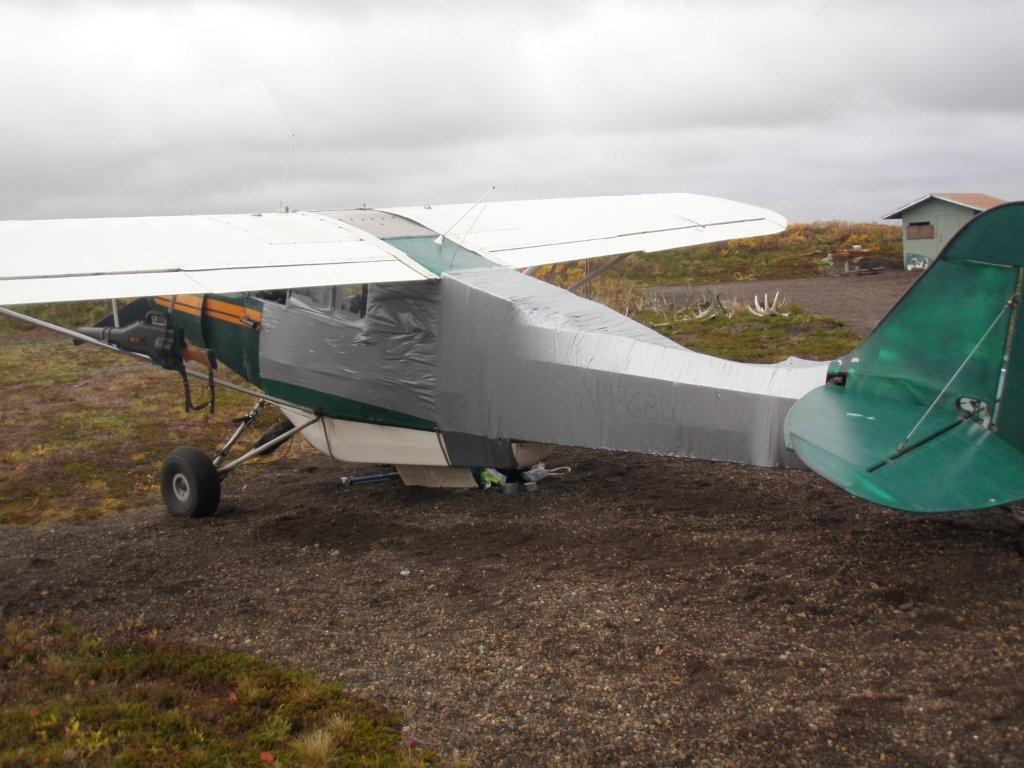Ron Stowell
Pre-Flight
- Joined
- Nov 20, 2020
- Messages
- 35
- Location
- Granbury, Texas
- Display Name
Display name:
Granbury Aviation Services
Had a fairly new customer come in the shop with a 1950's 172 they bought from a "really good guy" and GREAT mechanic and flight instructor, as the story goes. The customer said the DG was not working at all. They had been in contact with the really good guy who sold them the airplane. He told the new owner he replaced the DG not log ago and its probably the hoses being old as the problem.
Pulled out the newly replaced DG by the GREAT mechanic, and it was a POS. This DG had the original data tag peeled off the side of the case and was wrapped on both ends with electrical tape. Further investigation revealed its an experimental DG NOT for certified aircraft made in China. The really good guy did not do any log entry and this is a flight school airplane.
So now this really GOOD GUY knowingly installed a NON certified instrument, modified the data tag by removing it as to cover it not being certified it and pawned it off as legit. These people need to be stripped of what ever certificates they have.
It is criminal that these people are doing un-documented, illegal maintenance and selling this to an un suspecting buyer. And they buyer NERER had a pre buy because the really good guy and Great mechanic was a good friend and mentor.
We do not do maintenance on any aircraft that we know has had un-documented maintenance performed on it....especially as blatant as this.
Pulled out the newly replaced DG by the GREAT mechanic, and it was a POS. This DG had the original data tag peeled off the side of the case and was wrapped on both ends with electrical tape. Further investigation revealed its an experimental DG NOT for certified aircraft made in China. The really good guy did not do any log entry and this is a flight school airplane.
So now this really GOOD GUY knowingly installed a NON certified instrument, modified the data tag by removing it as to cover it not being certified it and pawned it off as legit. These people need to be stripped of what ever certificates they have.
It is criminal that these people are doing un-documented, illegal maintenance and selling this to an un suspecting buyer. And they buyer NERER had a pre buy because the really good guy and Great mechanic was a good friend and mentor.
We do not do maintenance on any aircraft that we know has had un-documented maintenance performed on it....especially as blatant as this.

